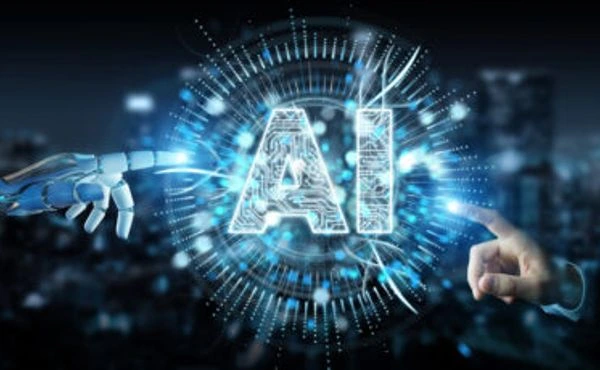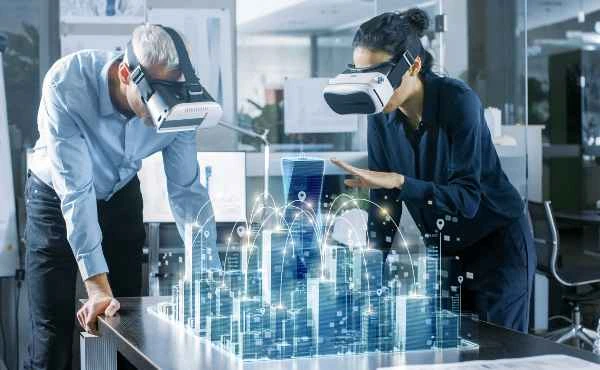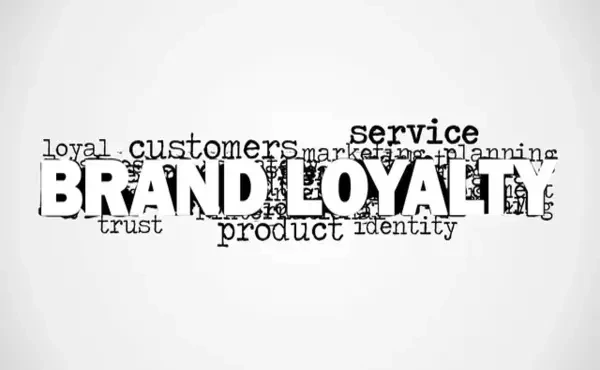
Artificial intelligence (AI) is constantly evolving, influencing practically every industry. One of the most interesting revolutions is taking place at the interface of artificial intelligence and creativity. From creating visual art to composing music, AI is not only supporting human artists but also transforming the future of creative activity. The partnership of AI with creativity is ushering in a new era of creation, with enormous opportunities for artists, designers, and innovators alike.
Understanding AI's Impact on Creativity
AI creativity refers to AI systems' ability to execute tasks that formerly required human intelligence, such as problem solving, design, and artistic creation. The link between AI and creativity has evolved significantly in recent years, with AI currently actively generating creative content in a variety of sectors. But what does this mean for the fields of art, music, design, and literature?
When we think of creativity, we frequently consider imagination, originality, and the personal touch. However, AI can currently mimic, augment, and even outperform human inventiveness. AI marketing tool can analyze massive volumes of data, detect trends, and offer novel solutions that people would not consider. This talent has created new possibilities for creative professionals who can now collaborate with AI to push the boundaries of their work.
Artificial intelligence and creativity in the arts
AI has already left its imprint on the field of visual art. Several artists and engineers are employing artificial intelligence (AI) to create one-of-a-kind and breakthrough creations that question traditional concepts of authorship. AI-generated paintings, for example, are being sold at prestigious auctions and displayed in galleries, proving how AI and creativity can make valuable and unique artwork.
For example, AI algorithms can evaluate the styles of classic painters such as Van Gogh and Picasso and develop totally new works that mimic their techniques while adding a modern twist. AI is not limited to visual art; it can also generate music. AI music composition technologies assist musicians in creating new melodies and harmonies by recommending ideas based on current musical patterns.
These developments demonstrate how AI and creativity can work together to create new creative forms that integrate human and machine-generated content. While there is ongoing debate about whether AI can actually "create" in the same manner that humans can, the results speak for themselves: AI is a potent instrument that can unlock new aspects of creativity.
AI's Impact on Design and Innovation

AI is also transforming the world of design. In architecture, product design, and even fashion, AI technologies such as generative design are assisting artists in coming up with unique ideas that they might not have thought of on their own. Designers can use generative design to input constraints such as materials, money, or aesthetic goals, and AI will produce a variety of design options. The designer can then select and improve the best ones, blending human intuition with AI’s data-driven capabilities.
The link between AI and creativity is critical for fostering innovation. Companies from a variety of industries employ AI-powered tools to speed up the design process, save production time, and create useful and aesthetically beautiful goods. AI enables designers and engineers to think outside the box and pursue new creative avenues that would not have been conceivable without technology.
For example, in the automobile business, AI helps to develop car parts that are both lightweight and structurally strong. This mix of creativity and artificial intelligence ensures that innovation thrives throughout industries, improving the efficiency and appeal of everyday items.
Enhancing Human Creativity using AI Tools
While there are concerns that artificial intelligence (AI) will replace human workers in creative fields, the truth is that AI is more of an improvement tool than a replacement. Rather than taking over, AI creativity works as a collaborative partner to assist humans reach new creative heights. Writers, musicians, and designers are adopting AI tools to overcome creative obstacles, produce new ideas, and improve their work.
For example, AI-powered writing tools can assist authors by offering alternate phrase structures, grammar corrections, and plot ideas. Musicians can utilize AI to develop beats or chord progressions that they would not have conceived of themselves, providing a foundation for new works. Design AI can assess color palettes, textures, and styles, providing designers with suggestions to improve their projects.
Creativity and AI collaborate to improve what humans can do, pushing the limits of what is possible in art, music, literature, and design. AI can process data and analyze patterns faster than humans, providing creative professionals with insights and inspiration that they would not otherwise have access to.
Ethical Considerations for AI Creativity
As exciting as the collaboration between AI and creativity is, there are some key ethical issues to consider. One of the most pressing concerns in AI innovation is one of ownership. Who owns the music or picture that an AI system creates? The artist who created the AI? What about the AI itself? These problems are growing more pressing as AI-generated material becomes more prevalent in the art and design worlds.
Another fear is that relying on AI creativity may restrict human innovation. If artists rely too heavily on AI technologies, would human ingenuity fade? It is critical to strike a balance between employing AI as a source of inspiration and preserving the human touch that distinguishes art, design, and innovation.
Despite these limitations, AI and creativity can coexist to benefit everyone. AI is not a replacement for human creativity, but rather a complement that improves and broadens the options available to creators.
Conclusion
The convergence of AI and creativity is ushering in a new era of invention. AI systems enable artists, designers, and musicians to break free from old constraints and explore new creative possibilities. While AI creativity poses ethical concerns regarding ownership and originality, the advantages of this technology are apparent. Humans may push the frontiers of what is possible by working with AI to create art, goods, and music that were unthinkable just a few years ago.
In this new era of AI-enhanced creativity, we're just touching the surface of what's possible. As AI advances, so will the creative potential it unleashes, even in areas like digital marketing software. It's an exciting time for everyone in the creative profession, and the future appears better than ever.If you want to learn more about marketing skills check out our blog The Top 4 Skills Marketers Will Need in the Future
What to read next

